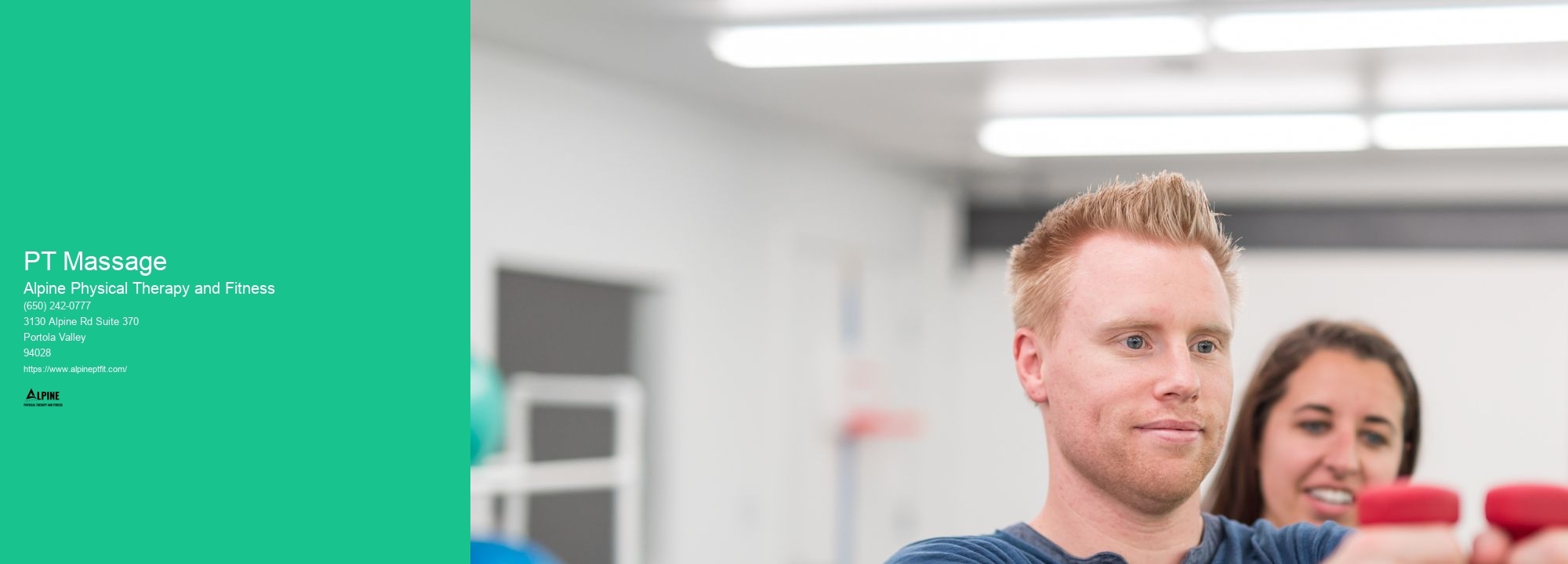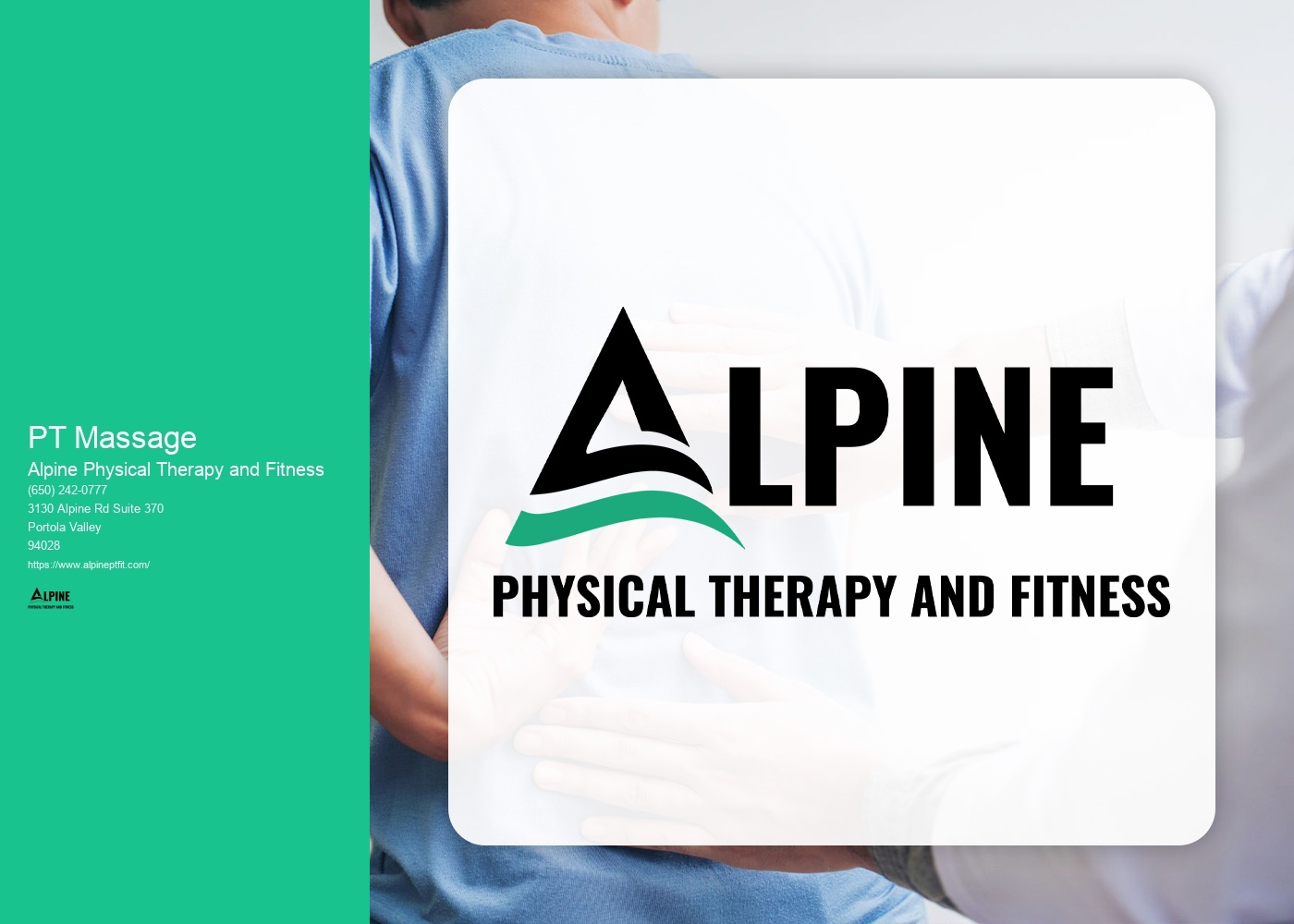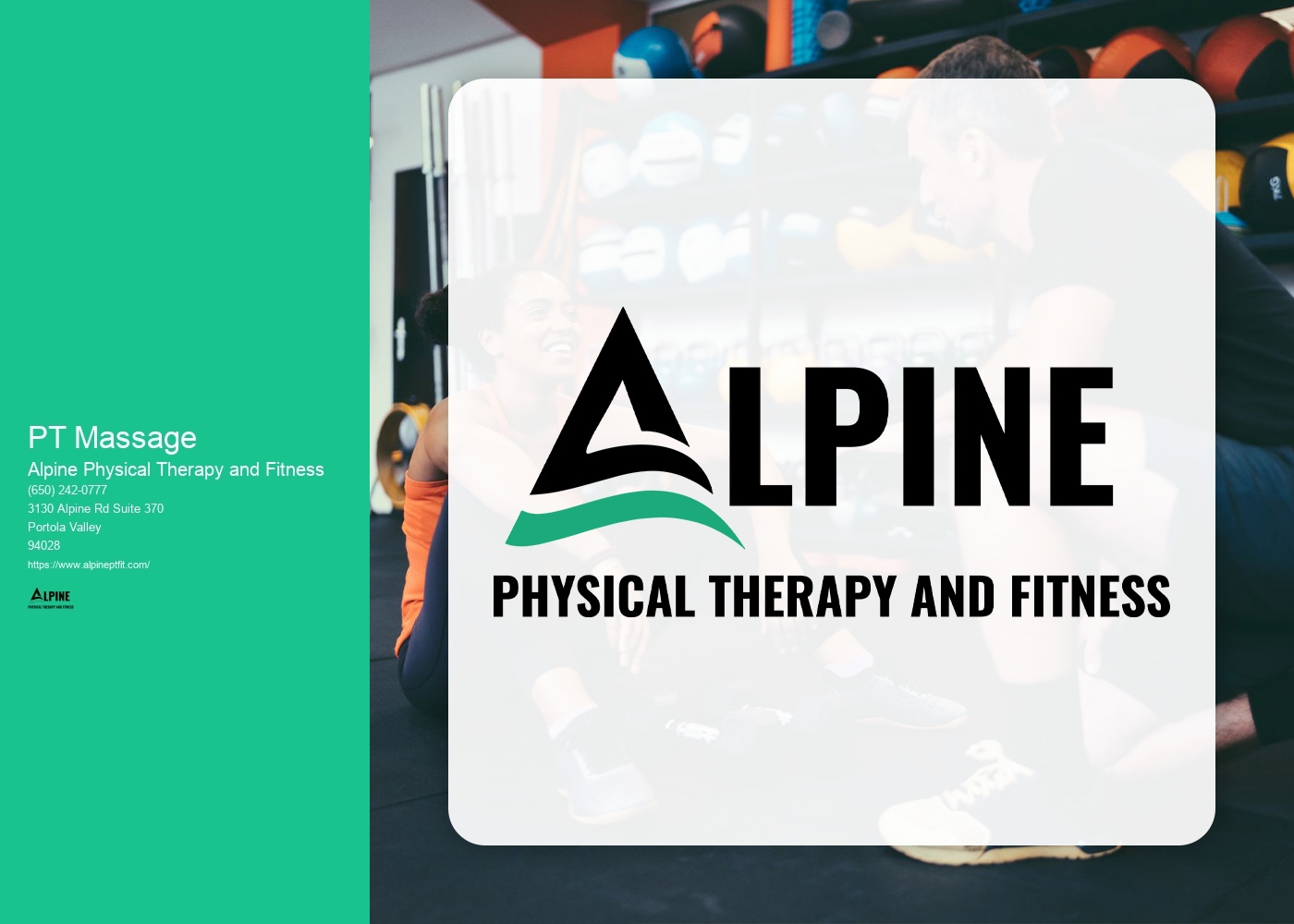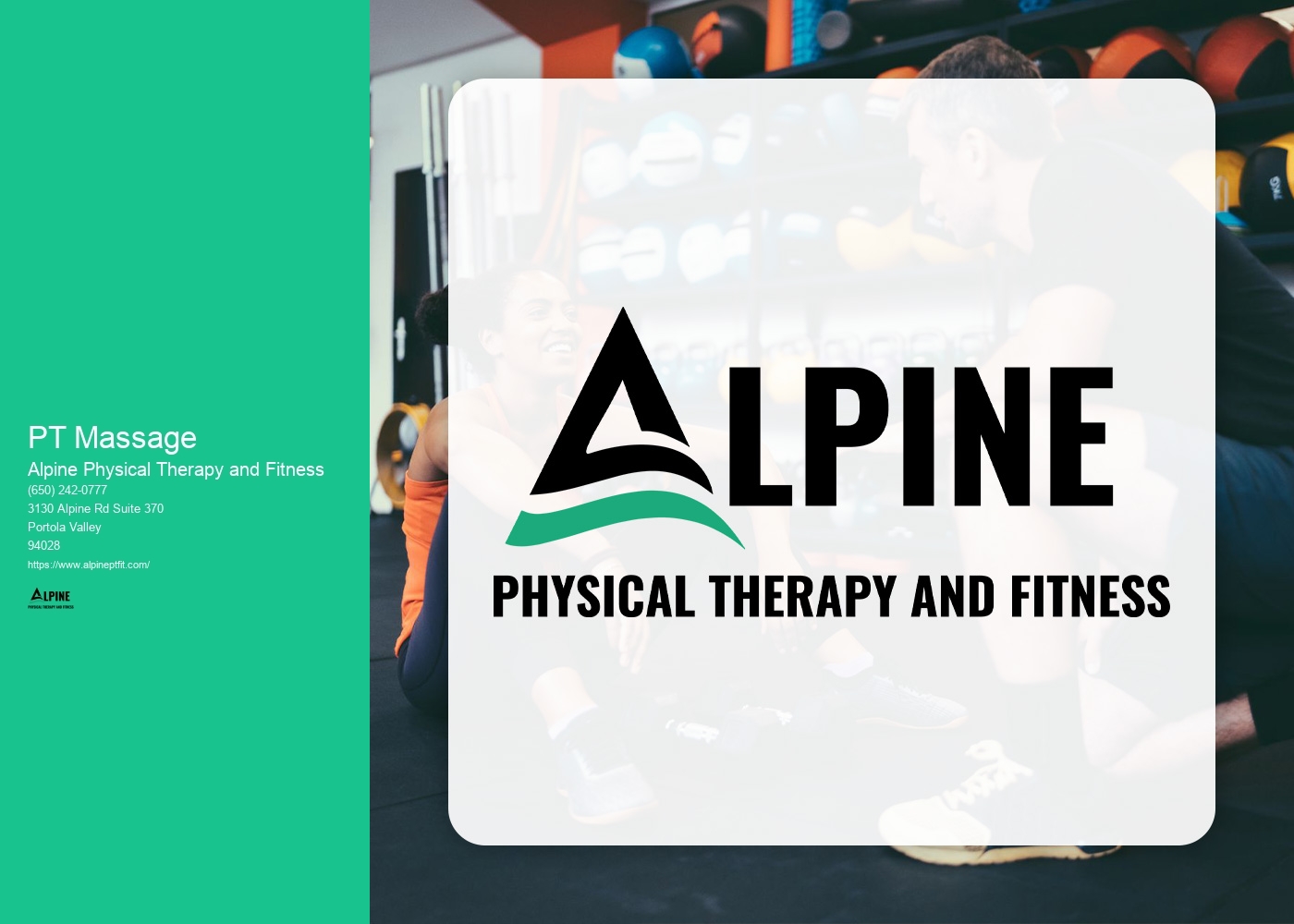

Getting a massage offers numerous benefits for both the body and mind. Firstly, it helps to relax the muscles and relieve tension, reducing stress and promoting a sense of overall well-being. Additionally, massages can improve blood circulation, which can aid in the delivery of oxygen and nutrients to the body's tissues. They can also help to alleviate pain and stiffness, improve flexibility, and enhance joint mobility. Furthermore, massages have been found to boost the immune system, improve sleep quality, and promote mental clarity and focus.
The frequency of massage sessions depends on individual needs and preferences. Some people may benefit from regular massages, such as once a week or every two weeks, while others may find that a monthly or bi-monthly session is sufficient. It is important to listen to your body and consult with a professional massage therapist to determine the ideal frequency for you. They can assess your specific needs and goals and recommend a suitable schedule.
There are various types of massages available to cater to different needs and preferences. Swedish massage is a popular choice, which involves long, flowing strokes to relax the muscles and improve circulation. Deep tissue massage focuses on targeting deeper layers of muscle and connective tissue to release chronic tension and knots. Sports massage is designed to enhance athletic performance, prevent injuries, and aid in recovery. Other types include hot stone massage, aromatherapy massage, and Thai massage, each offering unique benefits and techniques.

Massage therapy can be beneficial for specific conditions or injuries. For example, it can help to alleviate chronic pain, such as back pain or headaches, by reducing muscle tension and promoting relaxation. It can also aid in the recovery from injuries, such as sprains or strains, by improving blood flow and reducing inflammation. Additionally, massage therapy has been found to be effective in managing conditions like fibromyalgia, arthritis, and anxiety. However, it is important to consult with a healthcare professional to determine if massage therapy is suitable for your specific condition.
The duration of a typical massage session can vary depending on individual preferences and the type of massage being performed. Generally, a session can last anywhere from 30 minutes to 90 minutes. Some people may prefer shorter sessions for targeted areas of tension, while others may opt for longer sessions to experience a more comprehensive full-body massage. It is important to communicate your preferences and goals with your massage therapist to ensure that the session is tailored to your needs.

During a massage session, you can expect a calm and relaxing environment. The massage therapist will typically ask about your medical history, any specific concerns or areas of focus, and your preferences for pressure and technique. You will be asked to undress to your comfort level and lie on a massage table, covered with a sheet or towel. The therapist will use various techniques, such as kneading, stroking, and stretching, to manipulate your muscles and promote relaxation. They will check in with you throughout the session to ensure your comfort and adjust the pressure or technique as needed.
The cost of a massage session can vary depending on factors such as the location, duration, and type of massage. On average, a one-hour massage session can range from $50 to $150. However, prices can be higher in certain areas or for specialized massages. It is recommended to research and compare prices from different massage therapists or establishments to find a suitable option within your budget. Additionally, some health insurance plans may cover a portion of the cost if massage therapy is prescribed for a specific medical condition.

Physical therapy can indeed improve the quality of life for women with polycystic ovary syndrome (PCOS). PCOS is a hormonal disorder that affects the reproductive system and can lead to various symptoms such as irregular periods, infertility, weight gain, and mood swings. Physical therapy interventions, such as exercise programs, can help manage these symptoms and improve overall well-being. Regular physical activity can help regulate menstrual cycles, promote weight loss, and reduce insulin resistance, which is often associated with PCOS. Additionally, physical therapy can address musculoskeletal issues that may arise due to hormonal imbalances, such as joint pain and muscle stiffness. By incorporating targeted exercises, stretching, and manual therapy techniques, physical therapists can help alleviate these symptoms and enhance the quality of life for women with PCOS.
Cardiovascular conditioning plays a crucial role in geriatric physical therapy due to its significant impact on the overall health and well-being of older adults. As individuals age, their cardiovascular system naturally undergoes changes, such as decreased cardiac output and reduced oxygen uptake. Engaging in cardiovascular exercises, such as walking, swimming, or cycling, helps to improve heart and lung function, increase endurance, and enhance circulation. These exercises also promote weight management, reduce the risk of chronic diseases, and improve mental health. Additionally, cardiovascular conditioning can enhance balance and coordination, which are essential for preventing falls and maintaining independence in daily activities. Therefore, incorporating cardiovascular exercises into geriatric physical therapy programs is essential for optimizing the health and functional abilities of older adults.